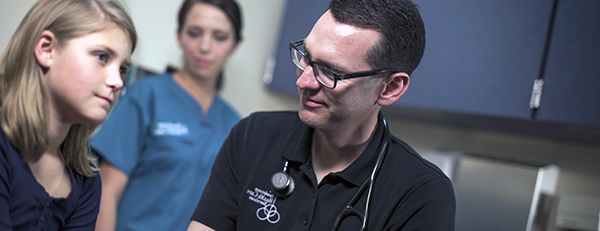Cardiac Rehabilitation
Cardiac rehabilitation (rehab) is a medically supervised program that helps improve the health and well-being of people who have heart problems.
Rehab programs include exercise training, education on heart-healthy living, and counseling to reduce stress and help you return to an active life.
Cardiac rehab can help you:
- Recover after a heart attack or heart surgery.
- Prevent future hospital stays, heart problems, and death related to heart problems.
- Address risk factors that can lead to coronary heart disease and other heart problems. These risk factors include high blood pressure, high blood cholesterol, overweight or obesity, diabetes, smoking, lack of physical activity, depression and other emotional health concerns.
- Adopt healthy lifestyle changes. These changes may include following a heart healthy diet, being physically active, and learning how to manage stress.
- Improve your health and quality of life.
Cardiac rehab programs are designed to meet each person’s needs.
Our multidisciplinary team of registered nurses and a dietician meet with you during your hospital stay and after hospital discharge. Your treatment plan is overseen by a cardiologist.
A variety of exercise equipment and resources are available to you in our Wellness Center, including:
- Treadmills
- Stationary bikes
- Seated stair stepper
- Rowing machines
- Elliptical machines
- Hand weights
Heart rate, blood pressure, and EKG readings are monitored before, during, and after each exercise session.
When patients with heart disease undergo rehabilitation therapy, it is very important to monitor their heart performance to be sure their hearts are working in a healthy manner.
HHC has a cardiac rehab software monitoring system. With Life Systems International cardiac rehab software, a transmitter is attached to each patient while they undergo exercise. This transmits real-time cardiac performance data including heart rate, heart rhythm and other vitals to a central station.
The benefit is that one operator can monitor several patients at a time, freeing up the nurse to spend more time interacting with patients instead of inputting data at the machines.
Patient Feedback
“I would highly recommend Henderson health care to anyone. I had my son at the hospital and the Doctor, and nurses were absolutely amazing! It was one of the best hospital stays I’ve had. I didn’t have one negative thing to say about my stay. Everyone was so friendly and helpful and I felt like they really went above and beyond for me and my family!”


